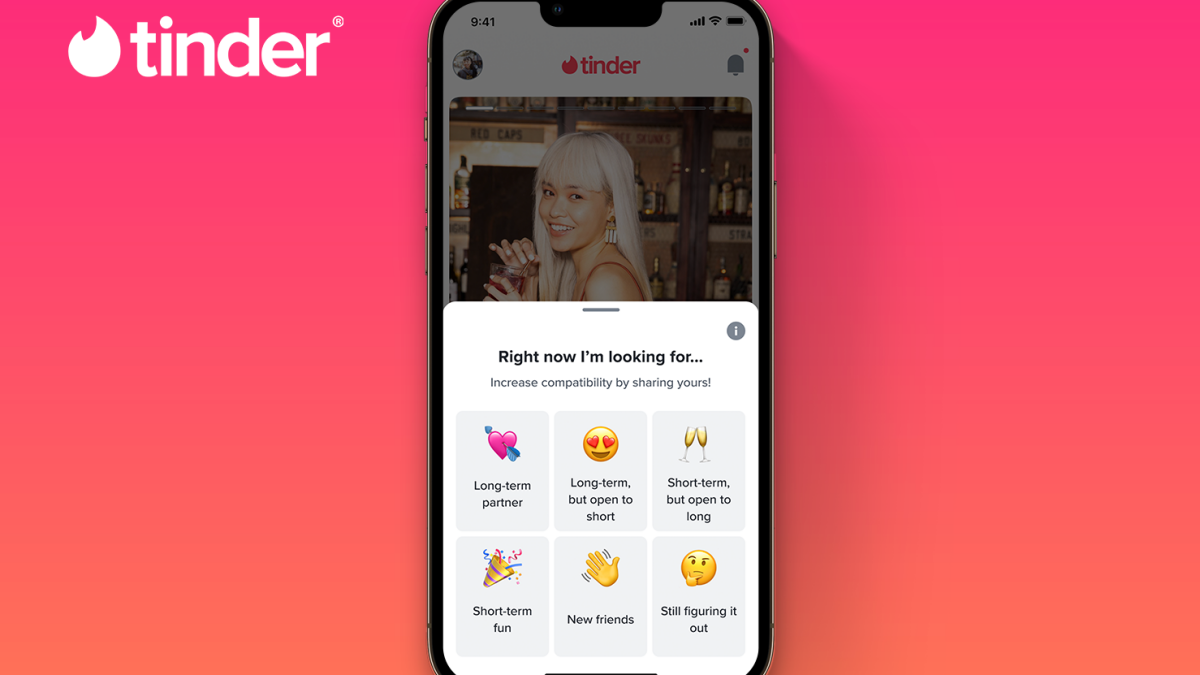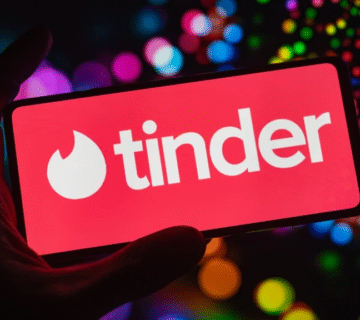If you’re curious about the gender balance on Tinder.com, you’ve touched on one of the most debated topics in online dating today. Whether you’re new to swiping or an experienced app user, knowing the male-to-female ratio can drastically affect your experience, strategy, and expectations on the world’s most famous dating app.
The 2025 Numbers: What Is the Male to Female Ratio on Tinder?
Tinder’s gender split in 2025 is significantly skewed towards men—by a wide margin:
-
Globally, approximately 75% to 78% of Tinder users are male, while only 22% to 25% are female.
-
This means there are about three men for every woman on the platform, making competition for matches especially fierce among male users.
-
In some countries (notably India and several Asian regions), the male-to-female gap is even wider. European countries, by contrast, trend slightly more balanced, occasionally reaching near parity, but globally the 3:1 male-to-female ratio holds steady.
Why Is There Such a Large Gender Gap on Tinder?
Key Factors Affecting Gender Distribution
-
Cultural Factors: In many regions, higher rates of men sign up for online dating, influenced by social stigma, privacy concerns, and safety for women.
-
User Experience: Women receive more messages and have a greater selection of profiles, increasing their success rate and sometimes overwhelming them with attention.
-
Retention Efforts: Tinder has recently increased efforts to improve female user safety, add privacy features, and make the app more welcoming to women—hoping to narrow this gap over time.
-
Marketing and Social Trends: Many apps, including Tinder, are fads among young men, leading to rapid waves of male adopter surges.
Regional Variations in Tinder’s Gender Ratio
| Region | Male Users (%) | Female Users (%) | Notable Context |
|---|---|---|---|
| Global | 75–78 | 22–25 | 3:1 ratio is the norm worldwide |
| India | 80+ | <20 | Male dominance higher due to societal factors |
| Europe | 50–60 | 40–50 | Approaches parity in some nations |
| United States | ~75 | ~25 | Typical of the global average |
Note: Because users can select from over 50 gender identities, statistics may exclude some data, but the overwhelming majority fall within male/female categories.
How Does This Ratio Affect Your Tinder Experience?
For Men:
-
More Competition: Each woman receives far more potential matches; the average match rate for men is much lower—often as tough as 1 match per 100–140 swipes.
-
High Effort Required: Men need to refine profiles, photos, and opening messages to stand out.
-
Patience Needed: Response rates are lower, and ghosting is more common.
For Women:
-
More Choice, Less Effort: Women see more matches with less swiping—often experiencing a flood of attention after making a profile.
-
Overwhelmed at Times: Sorting through a high volume of messages and matches, dealing with unwanted attention, and sifting for genuine intent.
-
Higher Safety Needs: More incoming messages can mean a higher risk of harassment or spam, which Tinder is attempting to mitigate with safety and privacy updates.
Does the 3:1 Ratio Guarantee Dates for Everyone?
Not at all—despite the imbalance:
-
Women may become more selective: Faced with so much choice, women typically swipe right less frequently and become choosier.
-
Men must compete harder: Standing out means higher quality photos, complete profiles, and engaging openers.
-
Match and date rates differ widely: Apps report that women get a dramatically higher match rate (sometimes >10x that of men), but actual in-person dates still depend on conversation quality and intent.
-
User satisfaction can vary: Some men report frustration with low response rates, while some women feel overwhelmed by too many low-quality messages.
Is the Gender Gap Closing?
Tinder’s leadership claims to be working to close the gap:
-
Enhanced Safety and Anti-Harassment Tools: Tinder has introduced anti-abuse features and privacy settings to attract and retain more women.
-
Targeted Marketing: Campaigns aim to normalize online dating for all genders and encourage quality behaviors.
-
Product Improvements: Added verification, better matching algorithms, and reporting tools.
Despite these efforts, the 3:1 ratio has remained stubbornly persistent for several years. The experience gap between men and women is a hot topic in dating forums and market research alike.
Does the Ratio Vary by Age?
Yes—and younger age brackets (18–34) are typically even more male-dominated. Male users under 35 are the platform’s most active segment, but the ratio remains lopsided across nearly all ages. Older user brackets, and regions with higher digital literacy among women, sometimes see more balance, but never true parity in most global markets.
How Does Tinder Compare to Other Apps?
Many popular dating apps face a similar imbalance, but competitors such as Bumble, Hinge, and especially Badoo (close to 50/50) often report a more balanced gender mix. Some niche or female-forward apps (like Bumble) have narrower gender gaps thanks to different onboarding or communication rules.
Read More: Are There Fake Profiles on Tinder.com? The Ultimate 2025 Guide
For More Data and Safety Tips
For those seeking more information or advice about safe, rewarding online dating, the U.S. Federal Trade Commission offers an authoritative guide—especially useful given the unique challenges the gender imbalance creates: FTC Online Dating Scams & Safety Guide.






[…] Read More: What Is the Male to Female Ratio on Tinder.com? The 2025 Definitive Guide […]